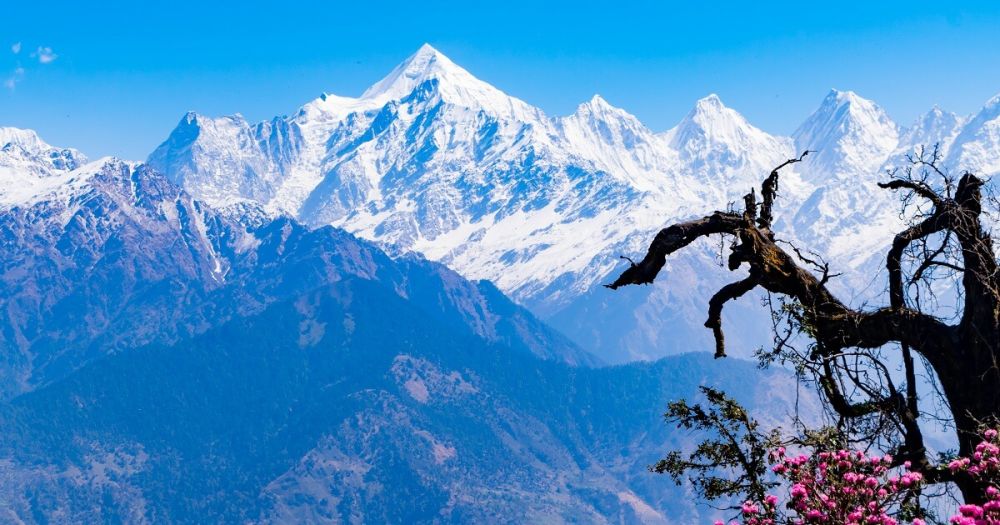

Almora, perched amidst the Himalayan range, is a quaint hill town with a rich historical tapestry. Although Almora itself has been a modest tourist destination for many years, it wasn’t until the British colonial era that the town’s potential as a hill station was recognized. The pleasant climate and panoramic views of the snow-capped Himalayas made Almora a popular summer getaway for British officials seeking respite from the heat of the Indian plains.
Post-independence, Almora, and its surrounding regions, including Gwalnaag, continued to attract visitors for their natural beauty, cultural significance, and spiritual aura. However, the tourism in these areas remained largely unstructured until the Government of Uttarakhand, formed in the year 2000, began promoting regional tourism.
Gwalnaag, a lesser-known gem located near Almora, has gradually been coming into the limelight. It is an area surrounded by verdant forests and offers a serene ambiance to its visitors. The lack of commercial exploitation has allowed Gwalnaag to maintain its pristine beauty and cultural integrity, making it an alluring spot for tourists seeking authenticity and tranquility.
Rich Cultural Heritage: The cultural fabric of Gwalnaag is interwoven with the traditions of the Kumaon region. Festivals, folk dances, and music here are deeply rooted in the past, giving travelers a taste of the area's rich cultural heritage.
Natural Splendor: Gwalnaag is blessed with lush green forests, terraced fields, and orchards, offering picturesque hiking trails and opportunities for nature enthusiasts to explore the Himalayan biodiversity and spot rare flora and fauna.
The latest trends in tourism around the Almora region, particularly in Gwalnaag, have been shaped by a growing interest in sustainable and ecotourism practices.
As tourism evolves, Gwalnaag and Almora are balancing the influx of visitors with conservation efforts to ensure that their natural and cultural attractions remain unspoiled for generations to come.
Gwalnaag in Almora, Uttarakhand, stands as a testament to the region’s potential to offer a distinctive tourism experience that is both culturally enriching and ecologically responsible. With its gradual development as a tourism spot, Gwalnaag is inviting travelers from all over the globe to explore its untouched beauty and contribute to its sustainable growth.